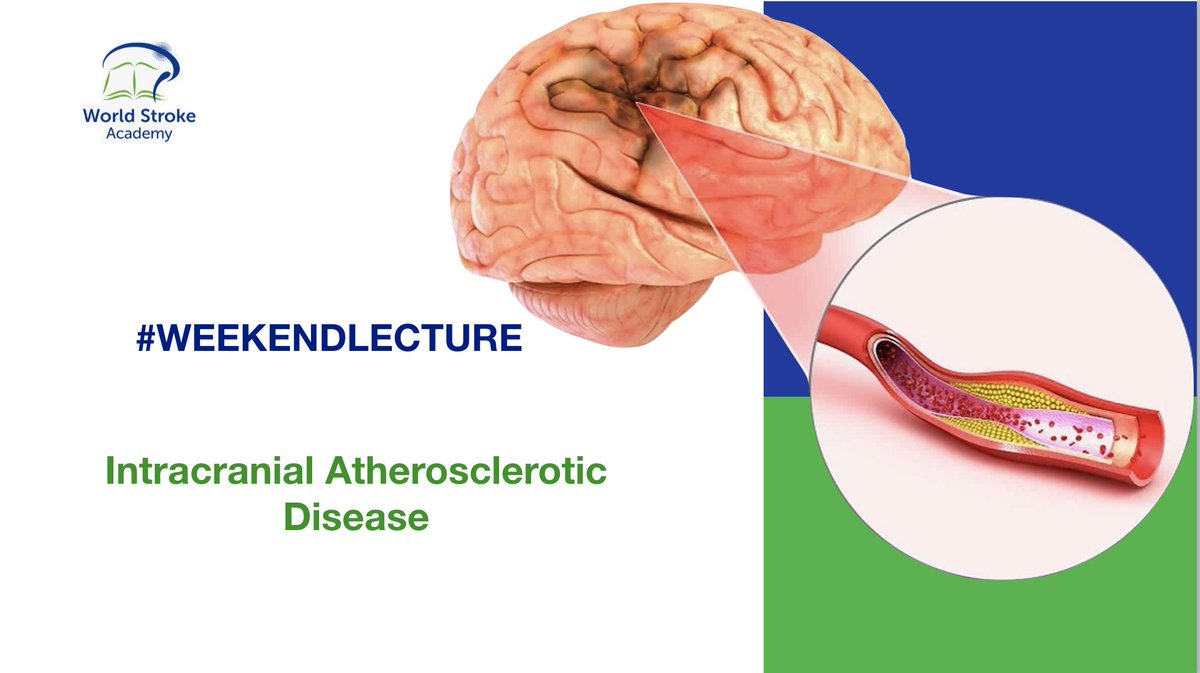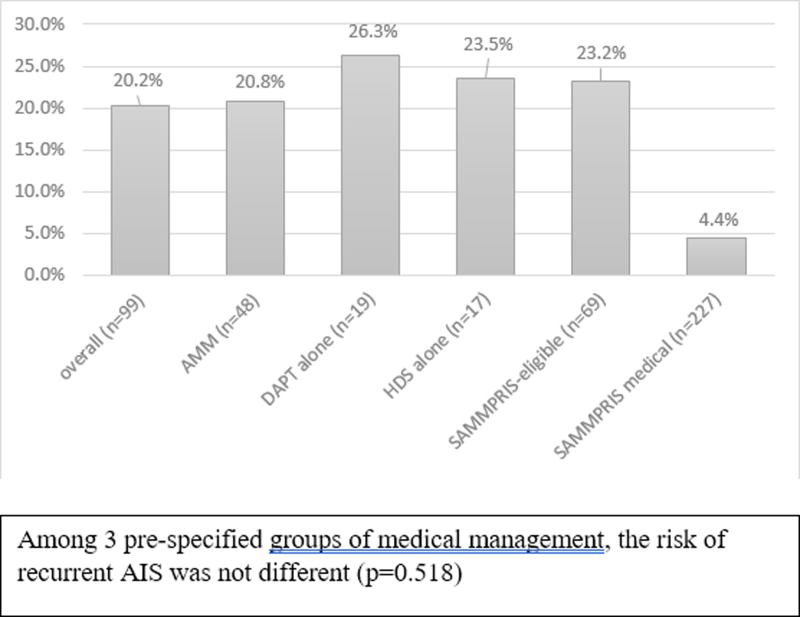Discover and read the best of Twitter Threads about #ICAD
Most recents (3)
Watch here TOMORROW for a new accredited, #tweetorial by neurointensivist @stephanamayer on optimizing DAPT and other interventions for secondary stroke prevention after #AIS or #TIA. Earn 0.5 CE/#CME credits: #physicians, #nurses, #pharmacists! #NoMercyOnStroke @svinsociety
@WorldStrokeCampaign @American_Stroke @WorldStrokeOrg @neurocriticalcare
@MainaliShradda @vcurrutiaMD @almuftifawaz @drdangayach @AlexChebl @GhadaMohamedMD @AmeerEHassan @aartisarwal @sheth_kevin @MitchElkind #medtwitter @academiccme #neurotwitter #FOAMed #FOAM #stroketwitter
@MainaliShradda @vcurrutiaMD @almuftifawaz @drdangayach @AlexChebl @GhadaMohamedMD @AmeerEHassan @aartisarwal @sheth_kevin @MitchElkind #medtwitter @academiccme #neurotwitter #FOAMed #FOAM #stroketwitter
1) Welcome to a #tweetorial on how to optimize therapy for secondary #stroke prevention. Accredited for 0.50 credits! I am your host @stephanamayer. Be sure to see prior tweetorials in the broader cardiometabolic space and earn more CE/#CME credit at cardiometabolic-ce.com 

#WeekendLecture
Intracranial Atherosclerotic Disease #ICAD
#ICAD leads to changes ranging from minor wall thickening to #hemodynamically significant luminal stenosis and is one of the most #common causes of #stroke worldwide
ahajournals.org/doi/10.1161/CI…
🧵
Intracranial Atherosclerotic Disease #ICAD
#ICAD leads to changes ranging from minor wall thickening to #hemodynamically significant luminal stenosis and is one of the most #common causes of #stroke worldwide
ahajournals.org/doi/10.1161/CI…
🧵

#WeekendLecture
#ICAD
✅10% of stroke, based on autopsy studies
bit.ly/3v6Lhrd
✅More prevalent in #African Americans, #Hispanics, and #Asians as compared with whites
bit.ly/3AuSiDt
Other risk factors in table
#ICAD
✅10% of stroke, based on autopsy studies
bit.ly/3v6Lhrd
✅More prevalent in #African Americans, #Hispanics, and #Asians as compared with whites
bit.ly/3AuSiDt
Other risk factors in table

#WeekendLecture
#ICAD
In postmortem studies
👉degree of luminal #stenosis
👉% of the plaques containing >40% #lipid area
👉prevalence of intraplaque #hemorrhage, #neovasculature and #thrombus,
were higher in those #plaques associated with #infarct
🔹karger.com/Article/Abstra…
#ICAD
In postmortem studies
👉degree of luminal #stenosis
👉% of the plaques containing >40% #lipid area
👉prevalence of intraplaque #hemorrhage, #neovasculature and #thrombus,
were higher in those #plaques associated with #infarct
🔹karger.com/Article/Abstra…

#ICAD Tweetorial: Intracranial atherosclerotic disease is the most common cause of stroke worldwide accounting for nearly 10% of ischemic strokes in the United States and up to 50% of ischemic strokes in China.
SAMMPRIS showed that the risk of recurrent events in medically treated ICAD patients was 6.6% at 3 months and 12.2% at 1 year but post-SAMMPRIS studies using real world data demonstrated a rate as high as 25% at 90-days (Stroke. 2017 Aug; 48(8): 2158–2163) @ShyamSprabhak 



In #ICAD, rupture of intracraial atherosclerotic plaque leads to thrombus formation. Smaller thrombi can therefore break loose and embolize distally causing distal infarcts. Also, the unstable plaque can extend to occlude perforating branches leading to deep perforator infarcts.
